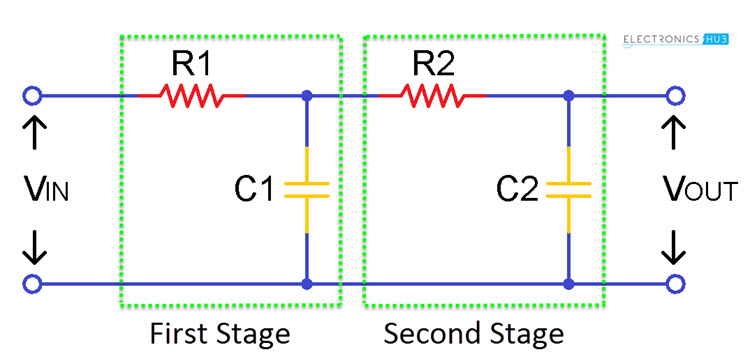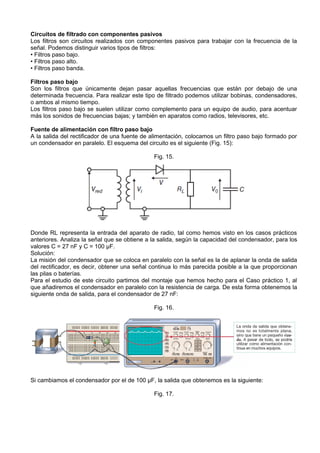
Introduction
Understanding Passive High Pass Filters
Passive high pass filters are essential components in signal processing, designed to attenuate low-frequency signals while allowing high-frequency signals to pass through. These filters, consisting of passive components like capacitors and inductors, operate without requiring an external power source. By setting a cutoff frequency, passive high pass filters effectively block frequencies below this threshold. Understanding the operation and characteristics of these filters is crucial in various electronic applications.
Importance of High Pass Filters in Signal Processing
High pass filters play a crucial role in signal processing by removing unwanted low-frequency noise from signals. They are commonly used in audio applications to enhance clarity by eliminating rumble and low-frequency hum. In communication systems, high pass filters help in separating different channels by blocking out interfering low-frequency signals. The precise control over frequency response provided by high pass filters is instrumental in achieving desired signal characteristics in numerous electronic devices and systems.

1st Order Passive High Pass Filters
Definition of 1st Order Passive Filters
1st order passive high pass filters are basic filters that attenuate low-frequency signals while permitting high-frequency signals to pass. They consist of simple configurations of passive components like capacitors and resistors, providing a gradual slope in the frequency response curve.
Design and Characteristics of 1st Order High Pass Filters
– Simple design with only one reactive component (capacitor or inductor)- Provides a slope of 20 dB/decade roll-off beyond the cutoff frequency- Offers a phase shift of 90 degrees at the cutoff frequency- Economical and easy to implement in various electronic circuits

Applications of 1st Order Passive Filters
Audio Signal Processing
- Widely used in audio systems to block unwanted low-frequency noise while allowing clear high-frequency audio signals.
- Helps in improving sound quality by eliminating rumble or hum from audio devices.
Frequency Response in Communication Systems
- Utilized in communication systems to selectively attenuate low-frequency interference.
- Enhances signal clarity by ensuring that high-frequency information is transmitted accurately, crucial in wireless communication channels.

2nd Order Passive High Pass Filters
Explanation of 2nd Order Passive Filters
The second-order passive high pass filters are characterized by a steeper roll-off of the frequency response compared to first-order filters. They effectively block low-frequency signals below the designated corner frequency while allowing high-frequency signals to pass through. These filters are commonly used in audio systems, communication devices, and signal processing applications to enhance signal quality by eliminating unwanted low-frequency noise.
Comparison with 1st Order Filters
– Second-order filters have a higher slope of attenuation beyond the cutoff frequency compared to first-order filters.- They provide sharper transition between the passband and stopband regions.- Second-order filters offer improved performance in terms of signal clarity and noise reduction.- These filters are suitable for applications requiring more precise frequency control and suppression of low-frequency interference.

Characteristics of 2nd Order Passive Filters
Frequency Response and Roll-off
The frequency response of second-order passive high pass filters exhibit a sharper roll-off compared to first-order filters. They efficiently block low-frequency signals below the corner frequency while transmitting high-frequency signals.
Analysis of Attenuation and Phase Shift
– Second-order filters provide a higher rate of attenuation beyond the cutoff frequency.- They ensure a more precise and drastic transition between passband and stopband.- These filters enhance signal clarity and reduce noise, making them ideal for applications with stringent frequency control requirements.